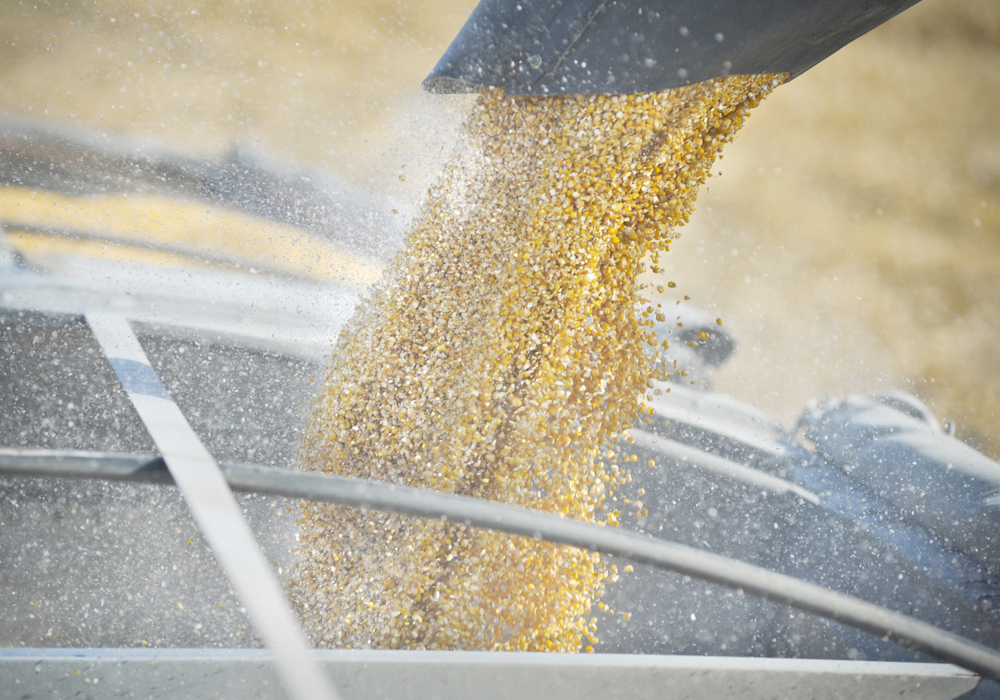Chinese president Xi Jinping visits Russia this week to discuss Russia’s invasion of Ukraine and to sign agreements to cement closer ties between Moscow and Beijing.
Fresh off of success brokering a peace deal between Iran and Saudi Arabia, China wants to burnish its image as a world leader that can do things that its rival, the United States, can’t.
As tensions increase between China and the West, it increasingly sees Russia as a friendly source of raw materials, food and especially energy.
Read Also

Ukraine may disrupt wheat market
The EU is curtailing its wheat imports, forcing Ukraine to find new markets at a time of stagnating demand.
China recently issued a 12-point position paper it thinks is a map toward starting peace negotiations to end to the war in Ukraine.
The ninth point in that paper is to get all parties to agree to extend the Black Sea Grain Initiative signed by Russia, Turkey, Ukraine and the United Nations and carry it out “fully and effectively in a balanced manner.”
Beijing says this will address “the global food crisis” but it also has self interest. It wants Ukraine’s corn.
For more than a decade, China has worked to expand its trade relations to reduce the risks involved in relying on a narrow group of suppliers and to heighten its profile as a world leader.
Expanding its sources of food and feedgrain has been part of this.
In the first decade of this century, China concluded that although it intended to maintain close to self-sufficiency in grain production, it would likely need to import more corn and other feedgrains.
It already relied heavily on the United States for soybeans and did not want to extend the risk to include corn.
In 2012, China worked a deal with Ukraine to source corn and the following year it completed one with Argentina.
The agreements, especially with Ukraine, became critical in 2020 when its corn imports exploded to 29.5 million tonnes due to crop damage, mostly from typhoons, and a recovery in feed demand.
Imports slipped to about 22 million in 2021and are forecast at a still large 18 million this year.
The U.S. supplied the largest share of this boom, but Ukraine provided about 30 percent.
China will likely need a significant amount of corn again in the coming year, but Ukraine and Argentina are both suffering.
The severe drought in Argentina caused the Buenos Aires grain exchange to slash its corn crop estimate to 36 million tonnes, down from the initial forecast of 55 million. Its soybean estimate is 25 million tonnes, only half of its initial hope for 51 million.
As for Ukraine, no one knows how much corn it will be able to seed this spring, and its ability to ship rests on the risky assumption that Russia maintains the Black Sea export agreement. Shepherding that agreement is one reason China’s Xi is in Russia this week.
Also, China lined up a new supplier, Brazil, which was already a major source of soybeans.
The first shipment of Brazilian corn to China sailed in November.
China is making orders for Brazil’s safrinha second corn crop for delivery starting after the harvest in July.
I can’t find forecasts of how much Brazilian corn China will import, but the U.S. Department of Agriculture says the increased trade will push Brazil’s total corn exports to 50 million tonnes, meaning it will take the crown of the world’s largest corn exporter from the U.S.
But the U.S. is far from out of the game. Over four days last week, China bought 2.1 million tonnes of U.S. corn for the current crop year. This is good news because U.S. corn exports have been lagging.
I should also note that the China-U.S. trade deal brought in by former U.S. President Donald Trump hasn’t produced big increases in farm trade. The value of agriculture trade between the two powers hit a record last year, but that was mostly because of soaring prices, not increased volume. Soybean volume did rise, but corn, wheat, sorghum and pork all fell.
China’s efforts to diversify grain imports and forge closer ties with Russia came together in February last year when Beijing lifted restrictions on imports of wheat and barley from all areas of Russia. Russia is not a big corn producer.
At the time, a Western Producer story quoted analysts saying the deal probably would not affect Canadian wheat sales to China because of quality differences and Canada’s ocean freight advantage.
Indeed, Canadian wheat exports to China so far this year are booming.
In the six months to the end of January, China is the leading buyer, taking almost 1.9 million tonnes, well ahead of the previous record pace of 1.48 million tonnes in January 2021.

















